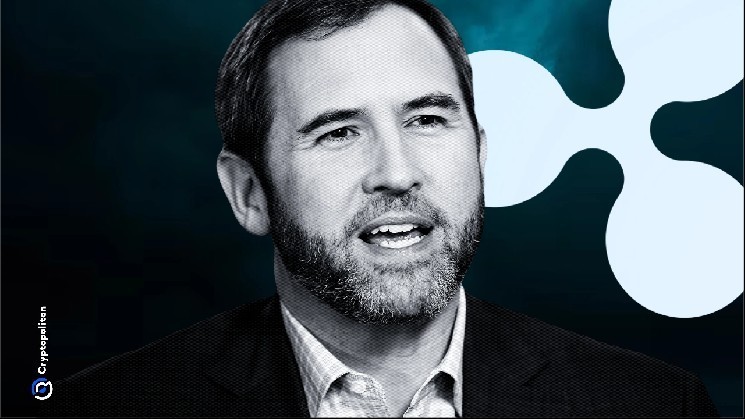Ripple is aggressively moving into traditional finance, and the numbers back it up. The company has spent nearly $4 billion this year acquiring financial infrastructure companies to blend cryptocurrencies and banking.
In an interview with CNBC at the Swell 2025 conference in New York, CEO Brad Garlinghouse revealed that Ripple is now quite literally buying its way.
“I want to see Ripple invest in the future and stay ahead of where the market is going,” Brad said on Tuesday.
The company’s overall strategy is now focused on using cryptography inside systems that previously avoided it.
“The assets we have been purchasing have been on the traditional finance side, so we are able to bring a crypto-enabled solution to the traditional finance world,” Brad added.
Ripple’s long-term game is to inject its blockchain technology and XRP directly into financial pipes that already move trillions of dollars every day.
Ripple acquires TradFi company, raises $500 million
In April, Ripple spent $1.3 billion to acquire Hidden Road, a major prime brokerage firm. Later that year, it paid more than $1 billion to acquire GTreasury, a software company used by banks and businesses.
And just last week, the company unveiled Ripple Prime, an intermediary built for U.S. institutions seeking access to over-the-counter crypto trading.
Ripple also raised $500 million in new funding this fall, pushing its overall market value to around $40 billion by 2025. The timing is no coincidence. Institutional investors are gaining interest in cryptocurrencies as US regulators retreat.
Under President Donald Trump, the Securities and Exchange Commission and the Commodity Futures Trading Commission have eased their enforcement of the industry.
Big banks are taking the hint. Bank of America and Citigroup are currently researching stablecoins, with Citi planning to launch full custody services in 2026. In June, JPMorgan announced plans to introduce deposit tokens to Coinbase’s base blockchain.
Meanwhile, institutional investors have poured billions of dollars into Bitcoin ETFs since their U.S. debut in January 2024.
“The United States used to lean toward cryptocurrencies, and now they’re leaning toward it. I think people underestimate how big of a change it is,” Brad said. For Ripple, that means the path is open to plugins as long as the tools and transactions are in place.
Provides XRP technology to banks despite legal freeze
As Ripple builds its own service, it also wants to license the XRP ledger to banks and financial giants looking to get into crypto. The technology runs native XRP tokens and is designed for fast and cheap transactions.
Brad said the more Ripple can build real-world usage around XRP, the better it will be for the broader network.
Still, there will be no major movement in XRP even in 2025. Bitcoin and Ether jumped to $126,000 and $3,900, respectively, while XRP remained nearly flat. Brad said larger partnerships could change things, but acknowledged bureaucracy was still holding things back.
The crypto industry had been pinning its hopes on a bill called the Clarity Act, which would set clear rules for crypto companies and token holders.
But as the U.S. government shutdown enters its sixth week, the bill has gone nowhere. “Until we get that (legal permission), it’s going to be difficult,” Brad said. “Banks want and need that clarity to get serious.”









